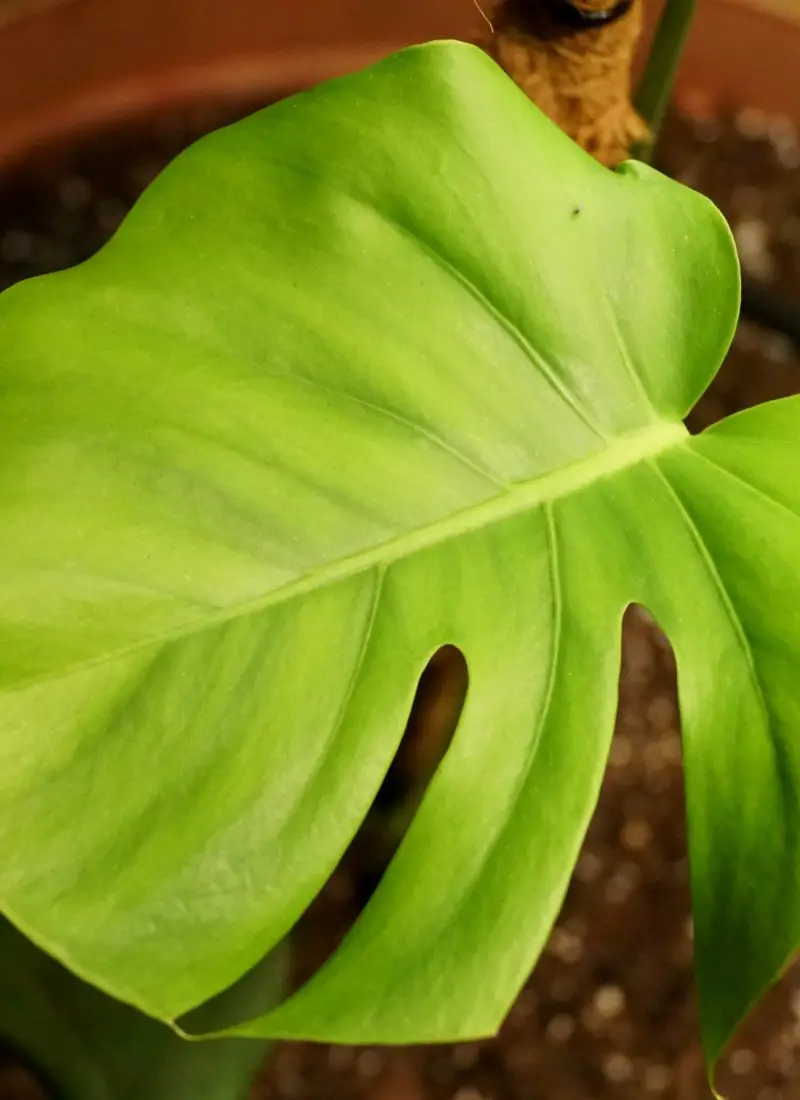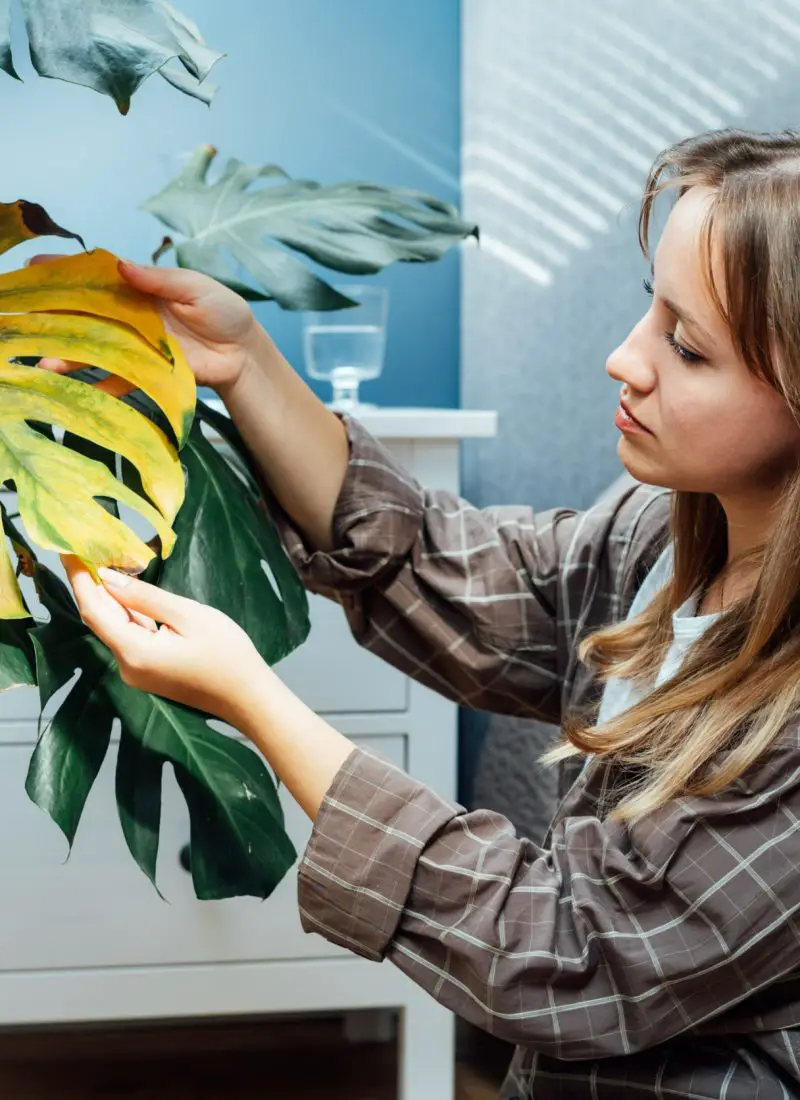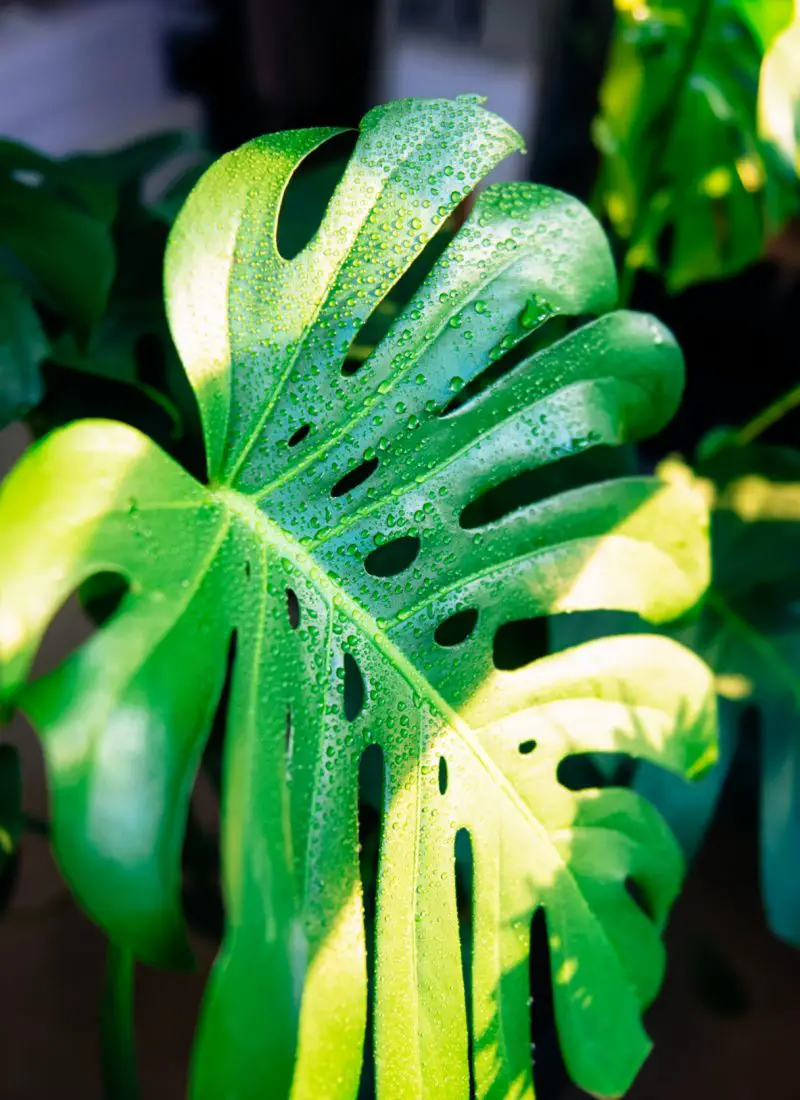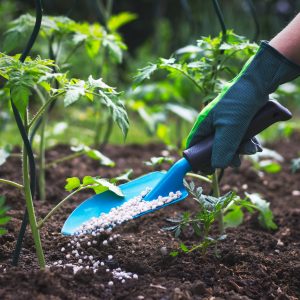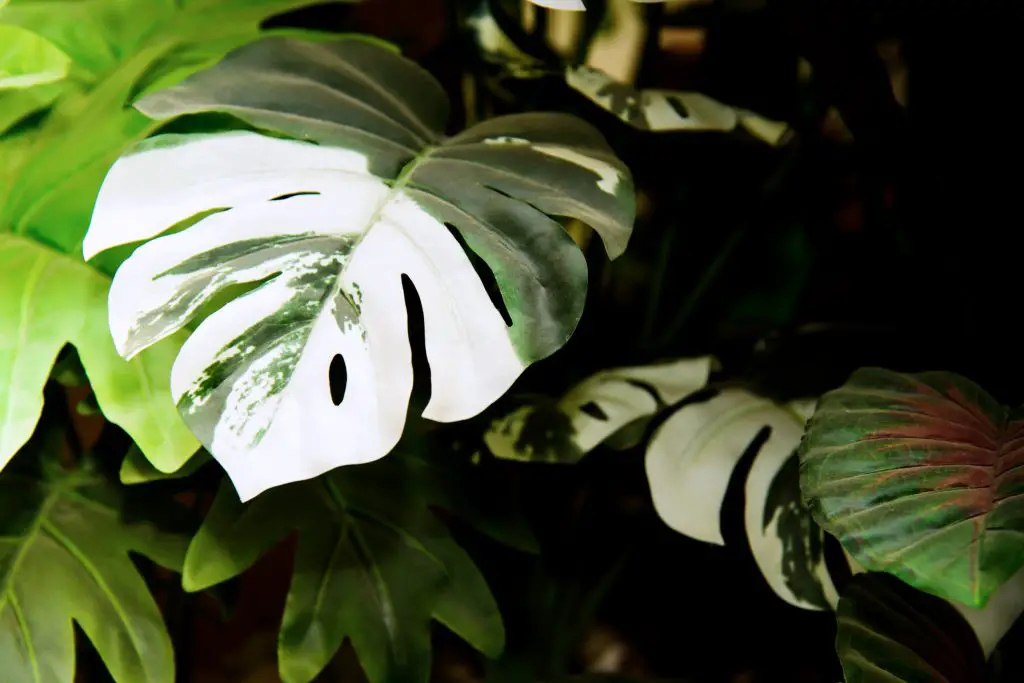
We all know how unique Monstera Deliciosa’s leaves are with their naturally occurring holes and splits. But did you know there are also colorful varieties of the plant?
Monstera Deliciosa have several variegated varieties such as the Variegata, Albo Variegata, and Thai Constellation. These all have creamy, white, and/or yellow speckled foliage that are aesthetically pleasing. However, they are a bit more demanding in care and are quite costly.
Brief introduction:
Monstera Deliciosa is native to the tropical rainforests of Central America, primarily in regions like southern Mexico, Panama, and Guatemala. You can find out more about Monstera Deliciosa’s origins in this Where It’s Native To article. It’s not particularly clear who first discovered the plant, as varying sources claim that it may have been a French, Danish, or a German botanist.
This plant is commonly known as the “Swiss Cheese Plant” due to its unique, perforated leaves that resemble Swiss cheese. It is also sometimes referred to as the “Split-Leaf Philodendron,” although it is not a true philodendron. The name Monstera Deliciosa is pronounced as “Mon-STER-uh Deh-LISH-ee-OH-suh.”
Below, I compiled a list of Monstera Deliciosa varieties with pictures and descriptions of their appearances:
(As an Amazon Associate, I earn from qualifying purchases.)
Monstera Deliciosa Varieties (Types)
The Monstera Deliciosa aka Swiss Cheese Plant belongs to the Araceae family, commonly known as the Arum family. This family includes a wide range of flowering plants, many of which are tropical or subtropical. The genus to which Monstera Deliciosa belongs is “Monstera,” characterized by its unique leaf patterns and climbing nature.
While the term “Monstera Deliciosa” is often used to describe a single type of plant, there are actually several varieties that differ in leaf size, pattern, variegation and other characteristics. Some of the popular varieties include:

1. Monstera Deliciosa Variegata. This type features inconsistent variegation, with some leaf sections being completely green, while others display a solid block or marbled pattern ranging from creamy white to greenish-yellow. However, when new small leaves grow, it can be entirely green, reverting from the variegated form. Fun fact: The RHS (Royal Horticultural Society) has given this plant an Award of Garden Merit (AGM) because it’s considered to be an excellent, fairly stable and resistant to pest & disease. Basically, a plant stamp of approval.
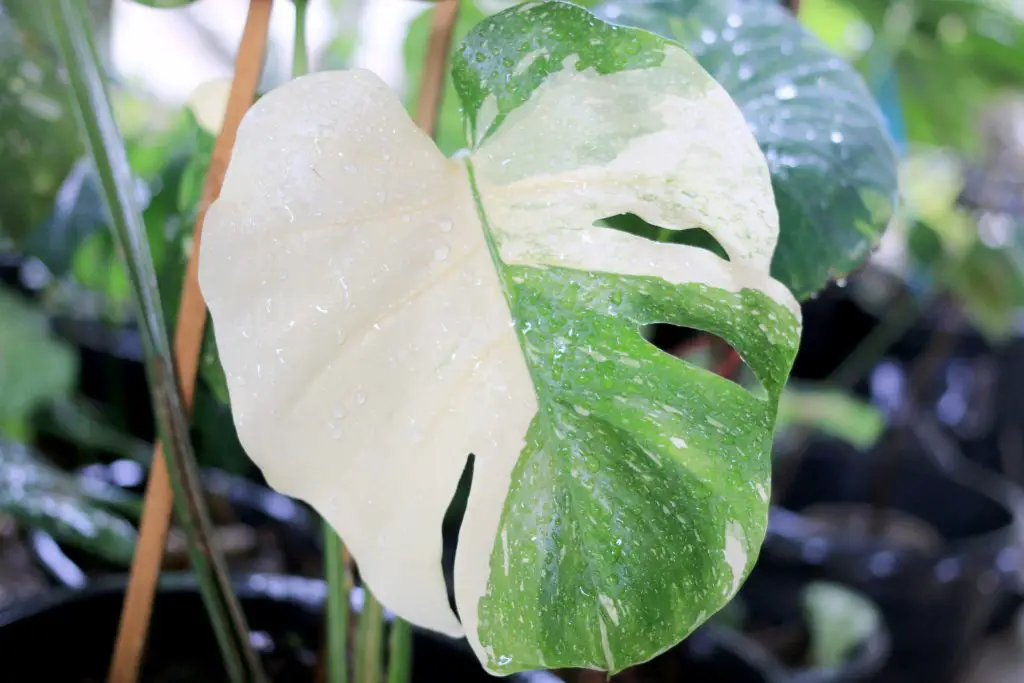
2. Monstera Deliciosa ‘Albo-Variegata’. Somewhat similar to Monstera Deliciosa Variegata, this variety has a striking white variegation covering its green leaf sections. Some can even have completely white leaves! But this does mean they grow far slower and need a good balance of light to maintain its variegation. There also seems to be a variation of this plant with a ‘crumpled’ leaf appearance called Monstera Deliciosa ‘Albovariegata Contorta’.
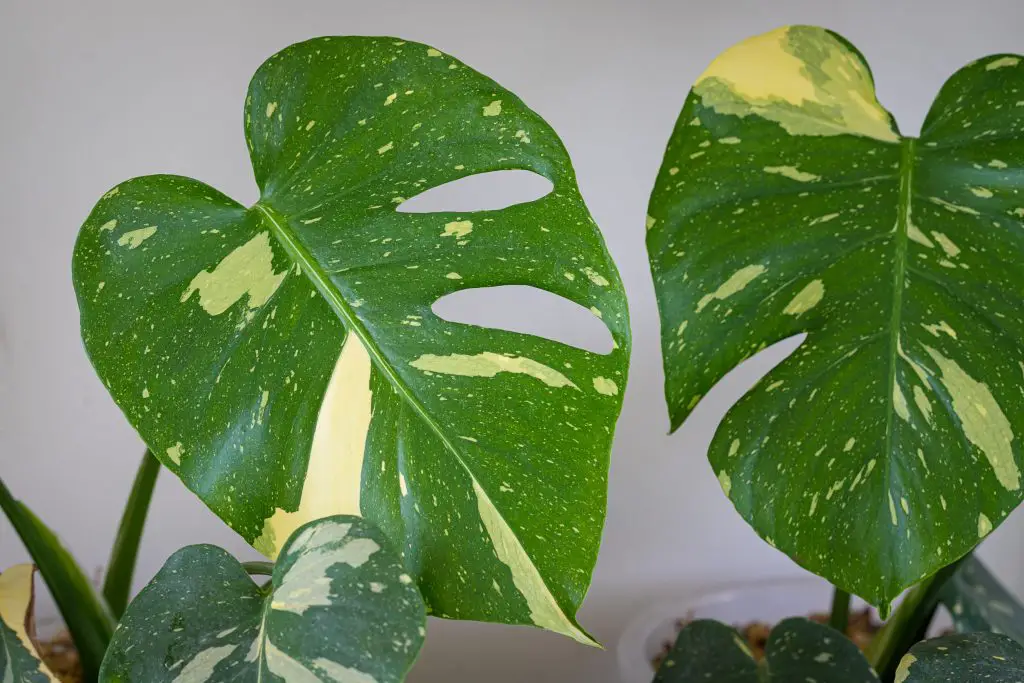
3. Monstera Deliciosa ‘Thai Constellation’. This type features creamy-yellow variegation in spots, blotches, and streaks across the plant’s green leaves – resembling constellations in the sky. It’s also often in the pricier range of plants because of how rare it is.
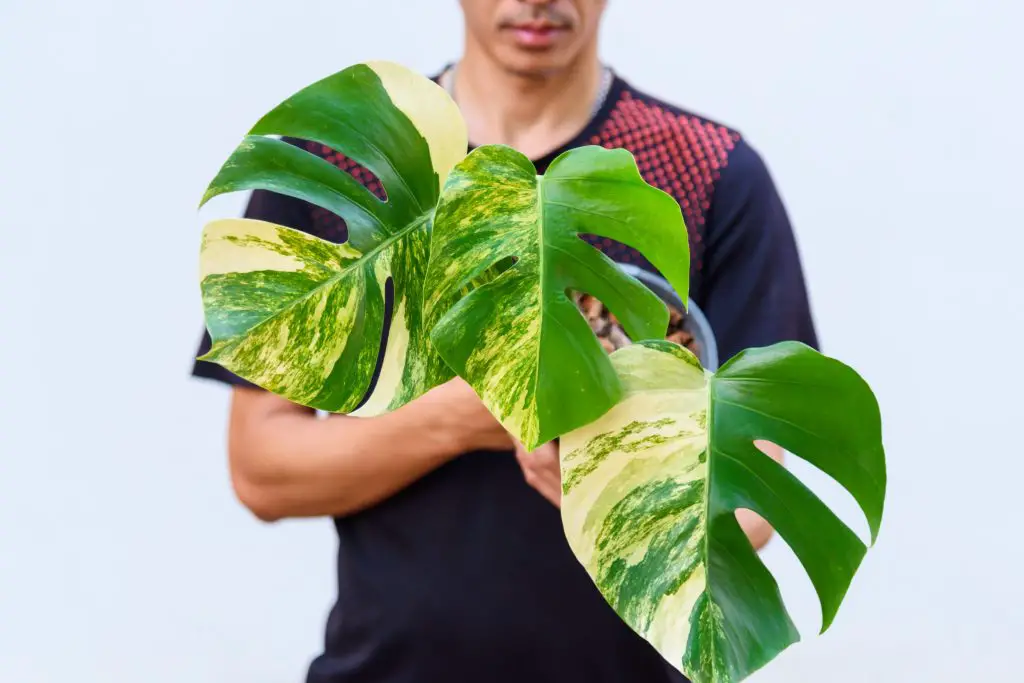
4. Monstera Deliciosa ‘Aurea’. This variety has golden-yellow and lime-green variegation, offering a different color palette compared to the more common green and white varieties.
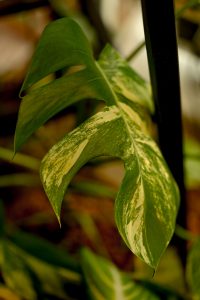
5. Monstera Deliciosa ‘Marmorata’. This is a less common type with yellow blotches on lime-green leaves, giving it a unique appearance. It’s almost the same as a Monstera Deliciosa ‘Aurea’, and often sold as a variation of it.
Special note on Monstera Deliciosa Var. Borsigiana. This particular type used to refer to the smaller-leafed Monstera Deliciosa. It’s considered to be an outdated name now because it’s essentially the same plant. However, most plant stores and sites still use the name because they didn’t get the memo (I think).
Frequently Asked Questions: Related & Similar-Looking Plants
Are there plants that look like Monstera Deliciosa?
Here are some plants that are commonly mistaken as Monstera Deliciosa because they look somewhat similar:
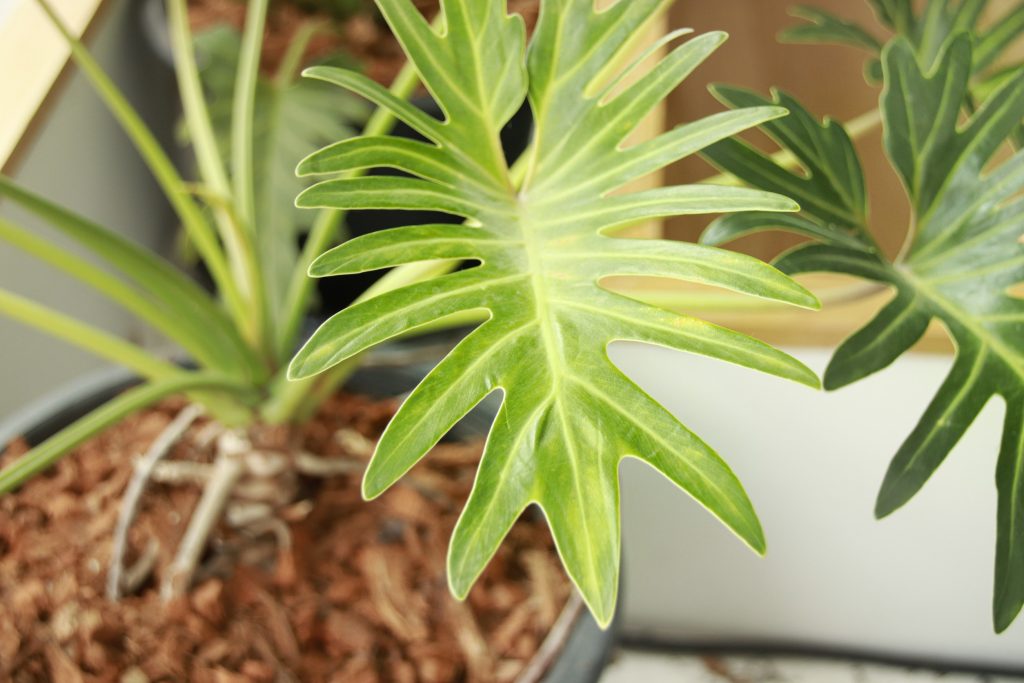
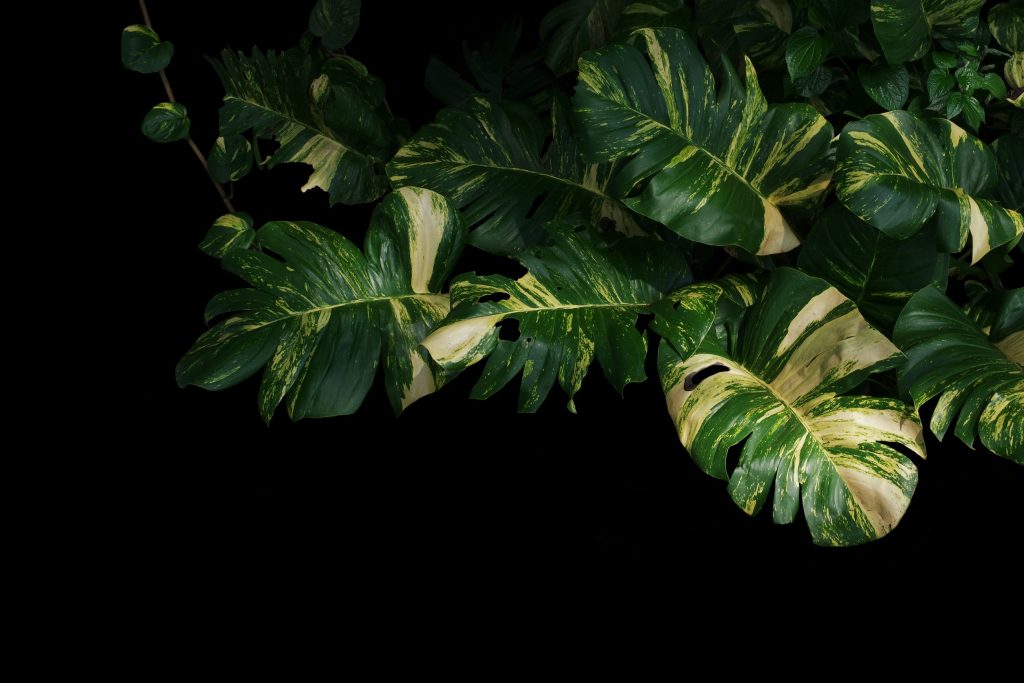
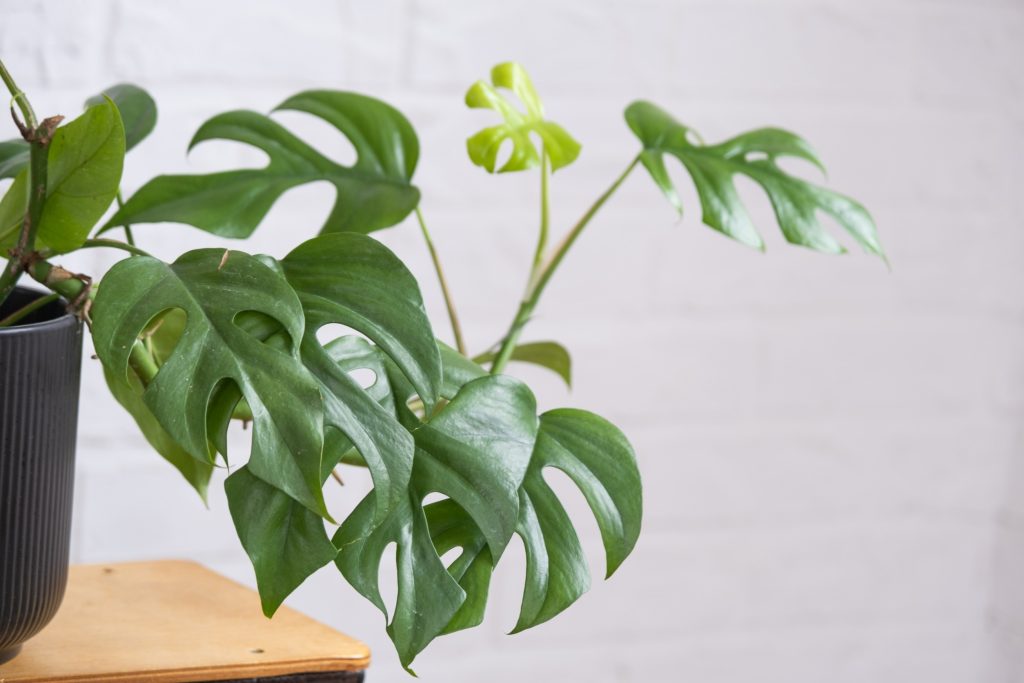
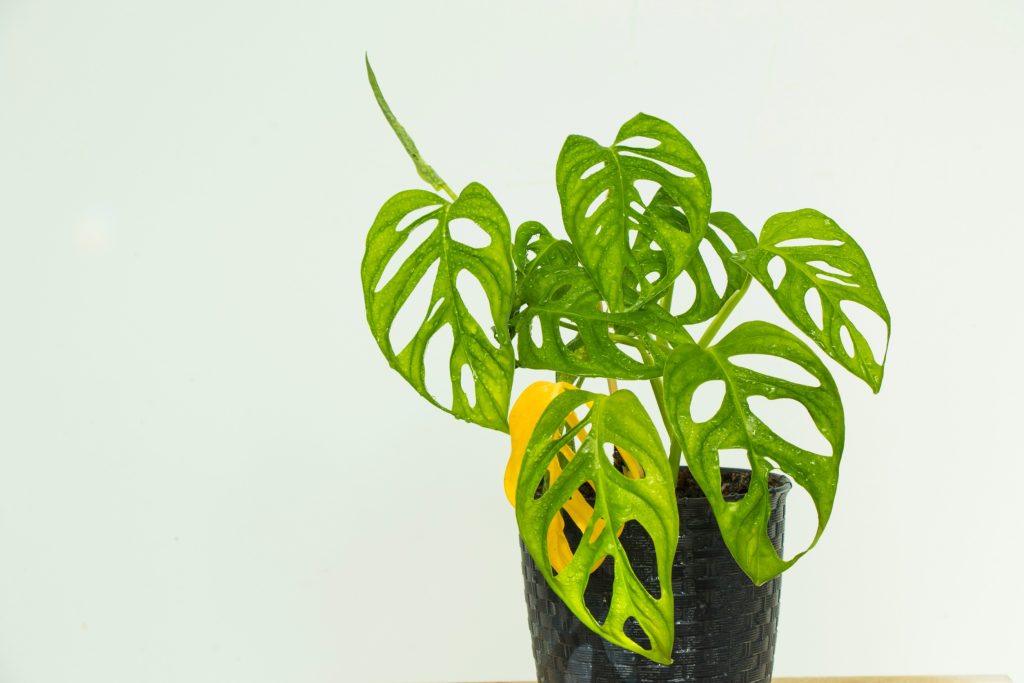
- Philodendron Bipinnatifidum. Also known as “Split-Leaf Philodendron,” it has deeply lobed leaves but lacks the natural holes of Monstera.
- Epipremnum Aureum (Pothos). The plant’s vining habit is similar to Monstera, but rarely grows large in an indoor setting. But in the wild, its mature leaf form have splits.
- Rhaphidophora tetrasperma. Often called “Mini Monstera” due to its similarly split but smaller leaves.
- Monstera Adansonii. Similar leaf structures but smaller and with no splits and more holes.
These plants can offer a similar aesthetic to Monstera deliciosa but may have different care requirements.
What related plants are in the same Monstera genus?
Some related plants within the Monstera genus include:
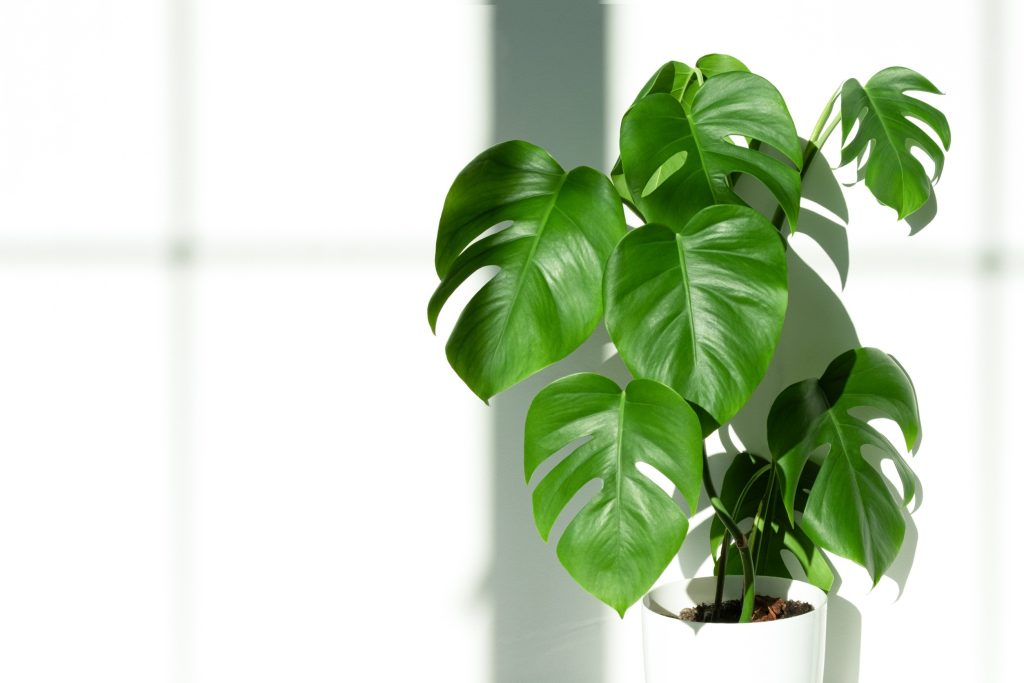
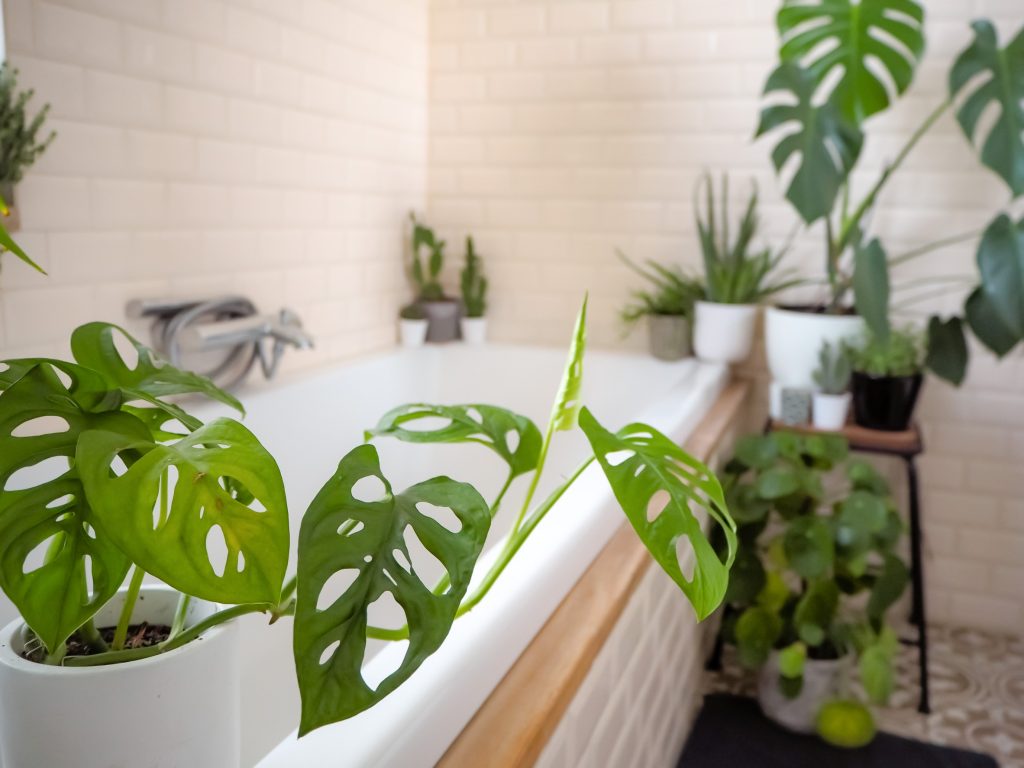
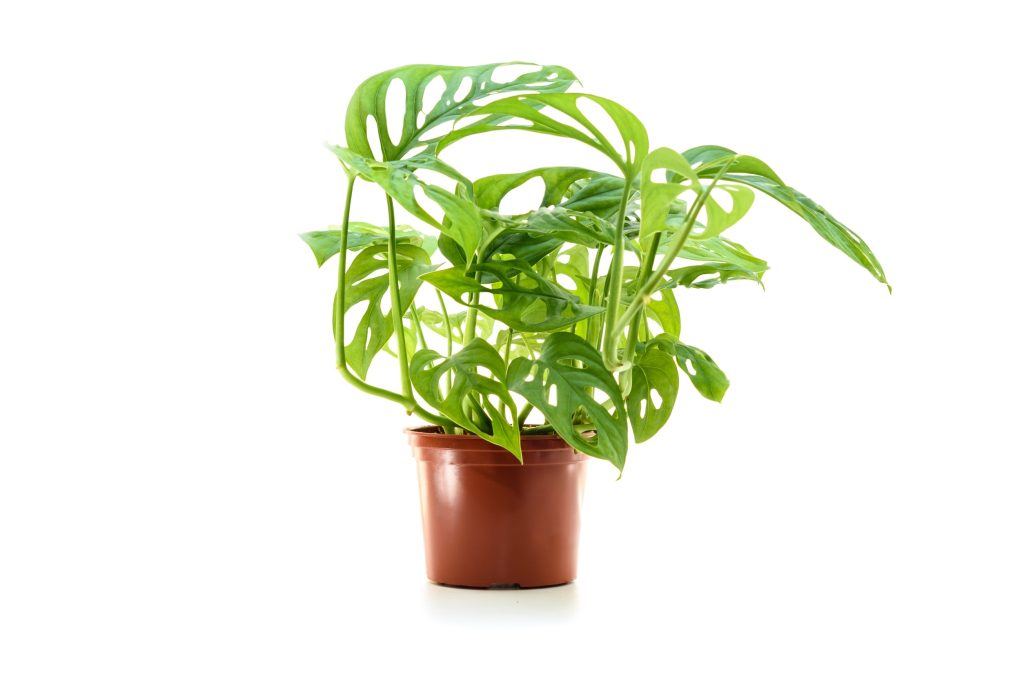
- Monstera Deliciosa. Known for its split leaves, it’s the most common Monstera species. It’s also known as Monstera Borsigiana, which is an outdated name.
- Monstera Adansonii. Features smaller leaves with more numerous holes, often called the “Swiss cheese vine.”
- Monstera Obliqua. Rare and often confused with M. Adansonii, it has extremely perforated leaves.
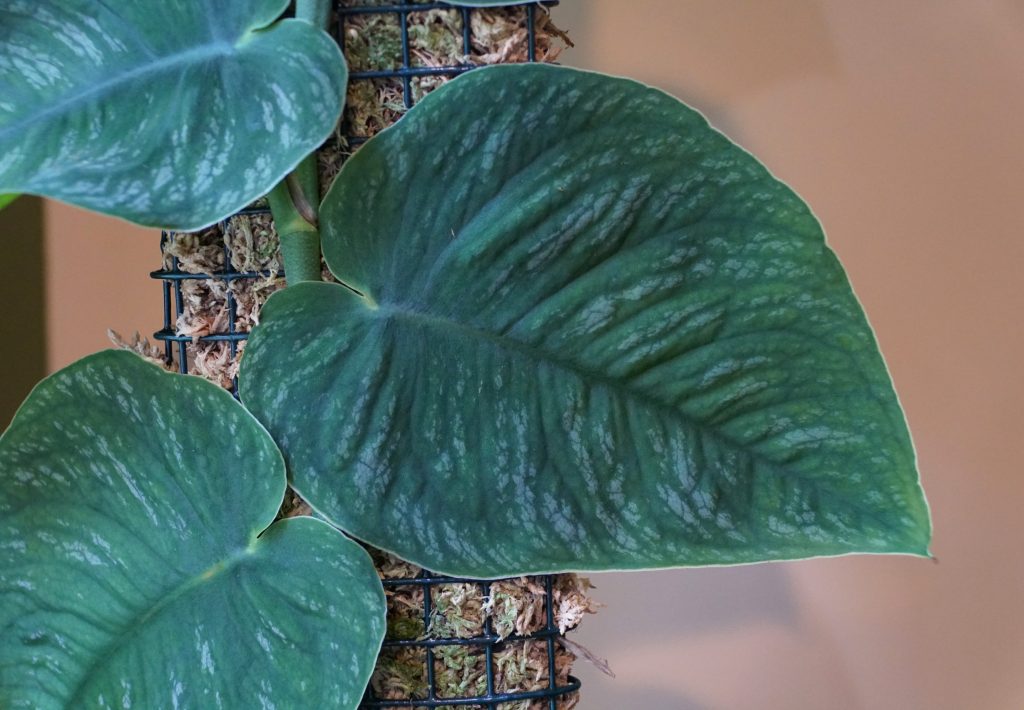
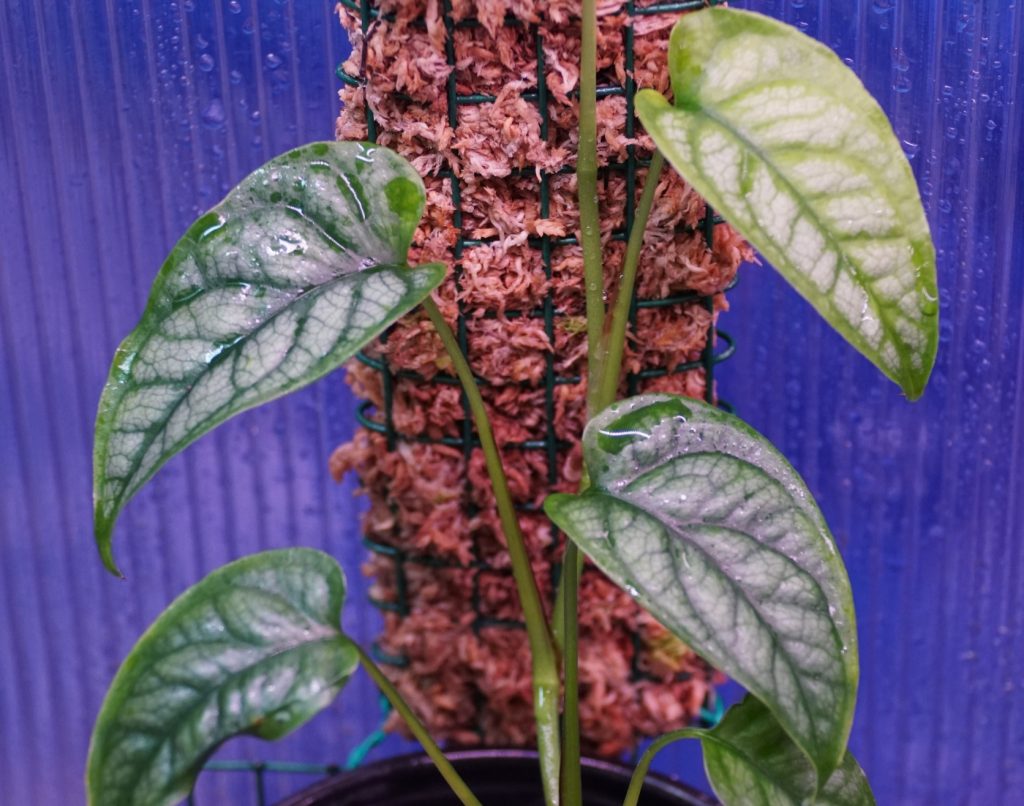

- Monstera Dubia aka Shingle Plant. Green veins with a silvery leaf surface, this plant will only show its splits and holes once it matures.
- Monstera Siltepecana. Similar to the Shingle Plant, it features prominent silver-patterned leaves with dark green veins. As it matures, the leaves develop holes and splits.
- Monstera Standleyana aka ‘Five Holes Plant’. Recognized for its variegated leaves with streaks of white or cream.
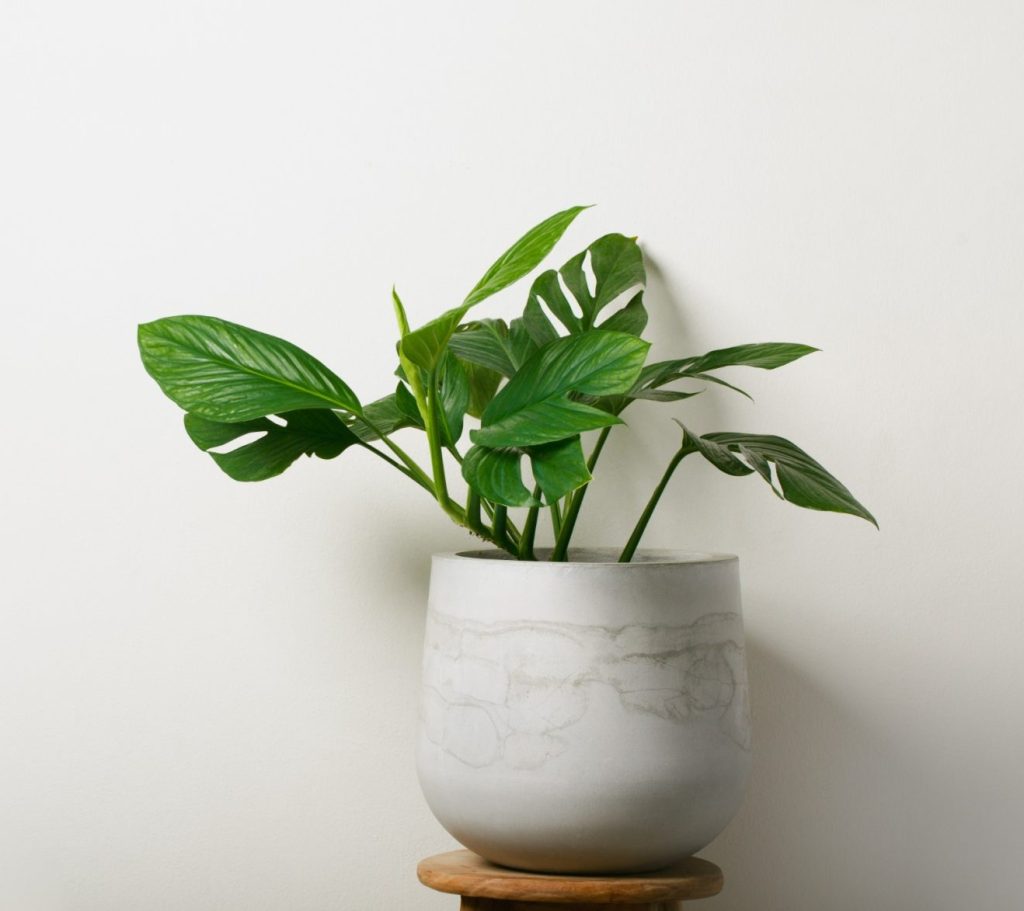
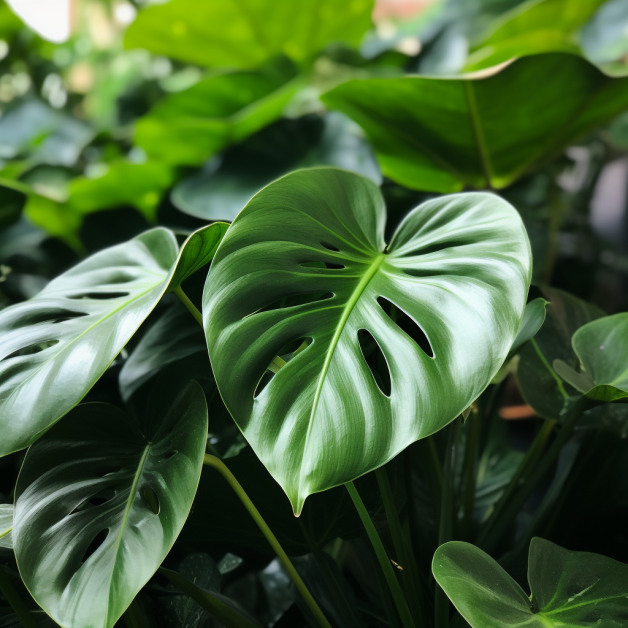
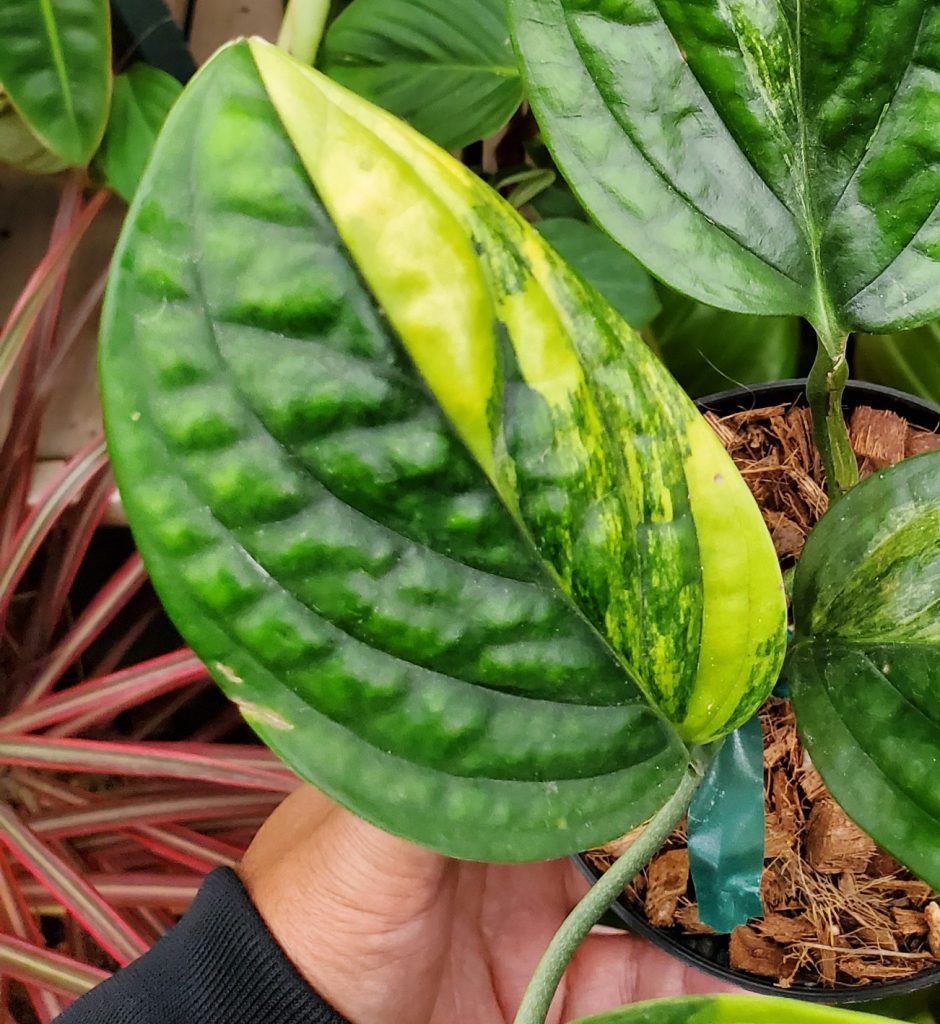
- Monstera Pinnatipartita. Has deeply segmented leaves, similar to a feather, with holes in the leaves.
- Monstera Lechleriana. Features elongated, dark green leaves with fewer holes.
- Monstera Peru aka Monstera ‘Karstenianum’. Known for its thick, textured leaves.
Each species has its own unique leaf shape, size, and growth habit, but they all share the characteristic of having some form of perforation or segmentation in their leaves.
Is Swiss Cheese Plant a Philodendron?
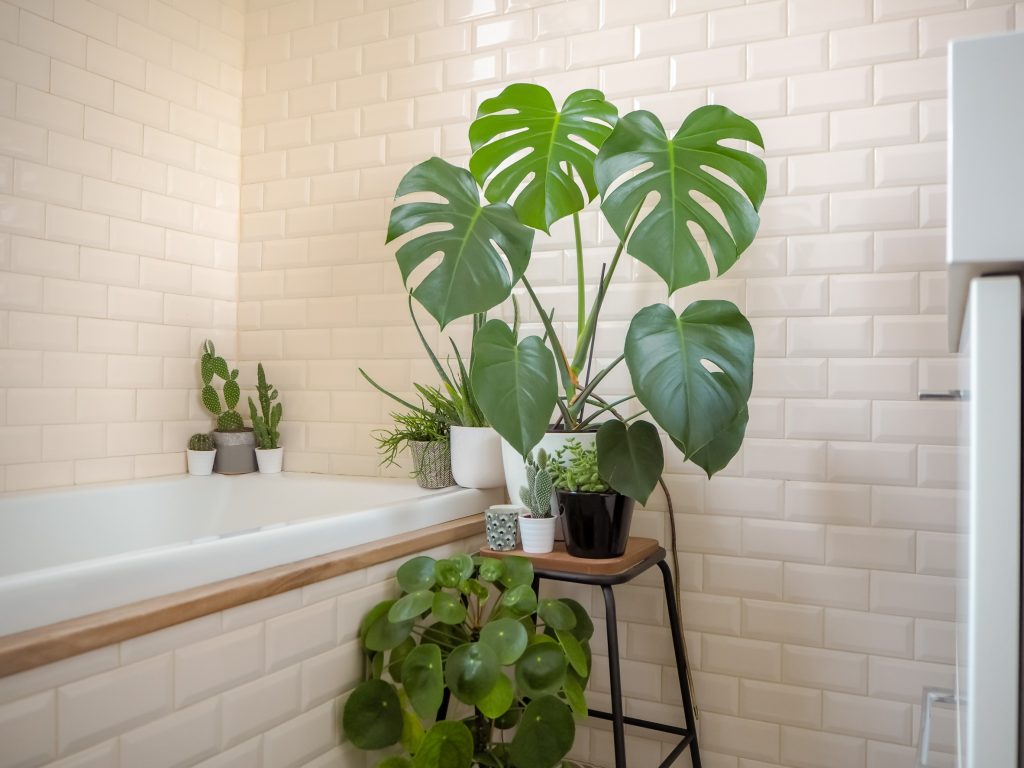

The Swiss Cheese Plant (Monstera Deliciosa) is not a Philodendron. Both plants belong to the same Araceae family, sharing similarities in appearance and care requirements but are in their own distinct genera. Philodendron species can have a variety of leaf shapes but generally do not have the characteristic splits found in Monstera leaves.
What is the difference between Swiss Cheese Plant vs Monstera?
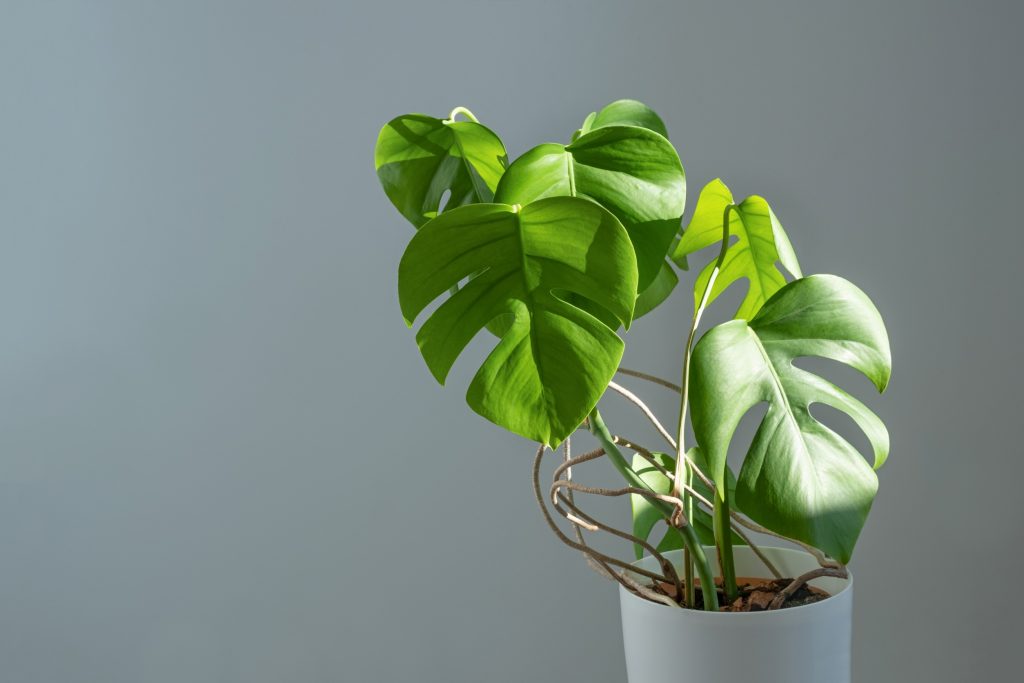
The terms “Monstera Deliciosa” and “Swiss Cheese Plant” are often used interchangeably, but they refer to slightly different things:
- Monstera Deliciosa is the scientific name for a specific species of plant known for its large, glossy leaves with natural holes or fenestrations.
- The “Swiss Cheese Plant” is a colloquial name that can refer to Monstera Deliciosa and other Monstera species. For example, Monstera Adansonii aka ‘Swiss Cheese Plant’ or ‘Swiss Cheese Vine’, has smaller, more perforated leaves. Another plant called Monstera Epipremnoides is also referred to as ‘Swiss Cheese Plant’ but specifically grows in the wild.
What is the difference between Monstera Deliciosa vs Borsigiana?
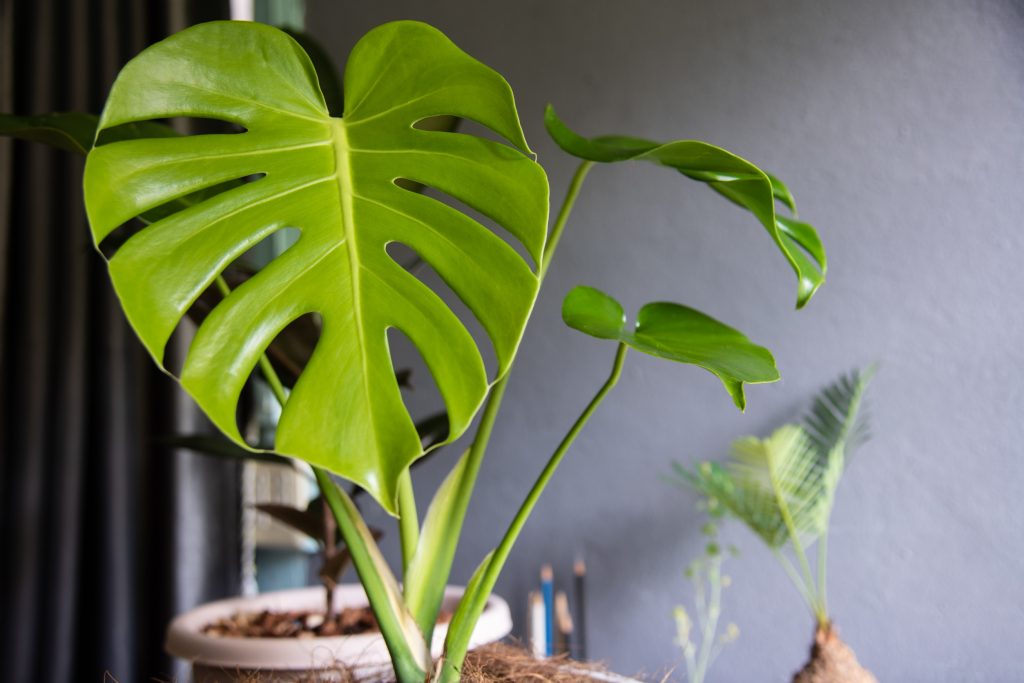
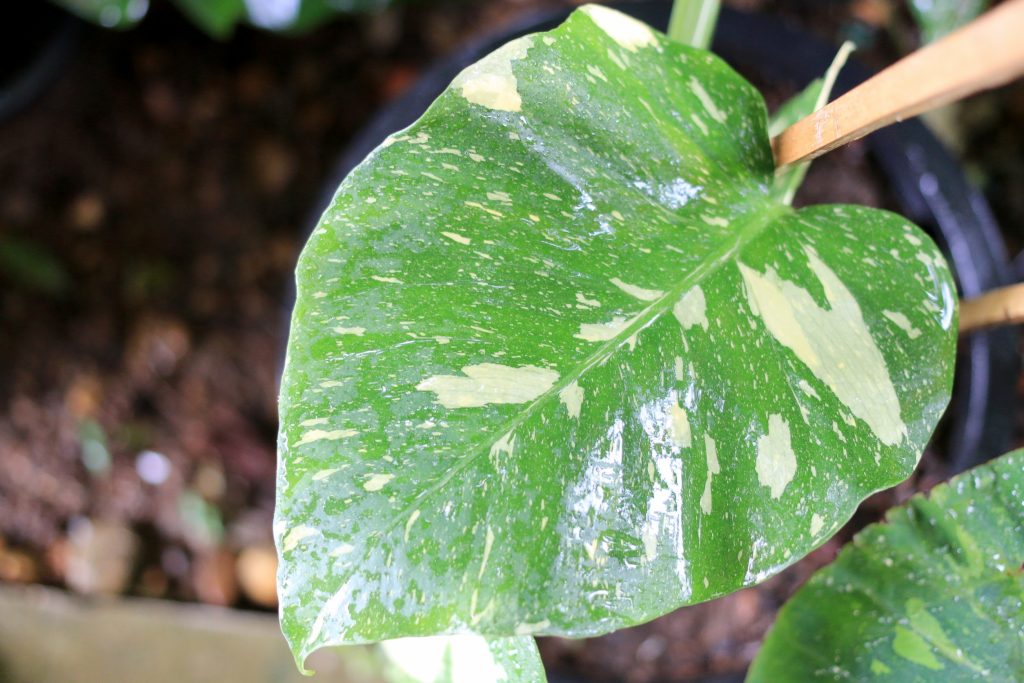
Monstera Deliciosa and Monstera Borsigiana are the same plant. Previously, ‘Borsigiana’ was used to differentiate the smaller-leafed Monstera Deliciosa variety. But because they are basically similar, ‘Borsigiana’ is considered to be an outdated name. However, it is still being used frequently in some horticulture establishments.
What outdoor plants are similar to Monstera Deliciosa?
Monstera deliciosa is known for its large, split leaves and tropical aesthetic. If you’re looking for outdoor plants with a similar vibe, consider the following:
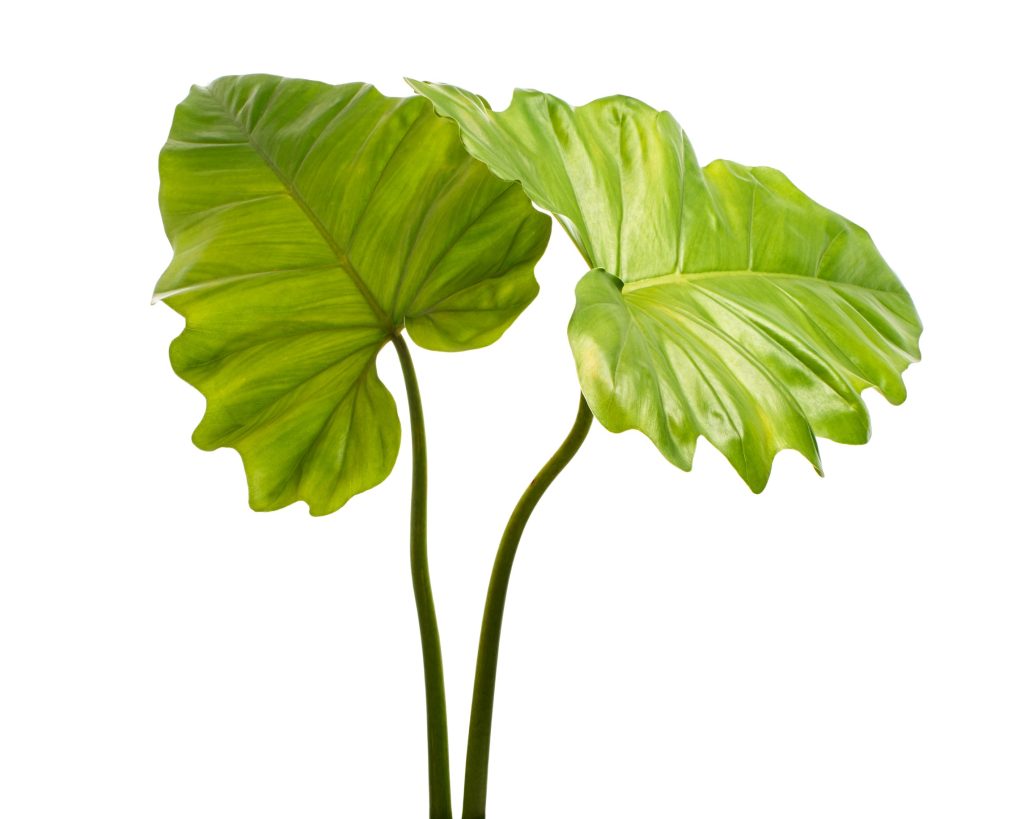
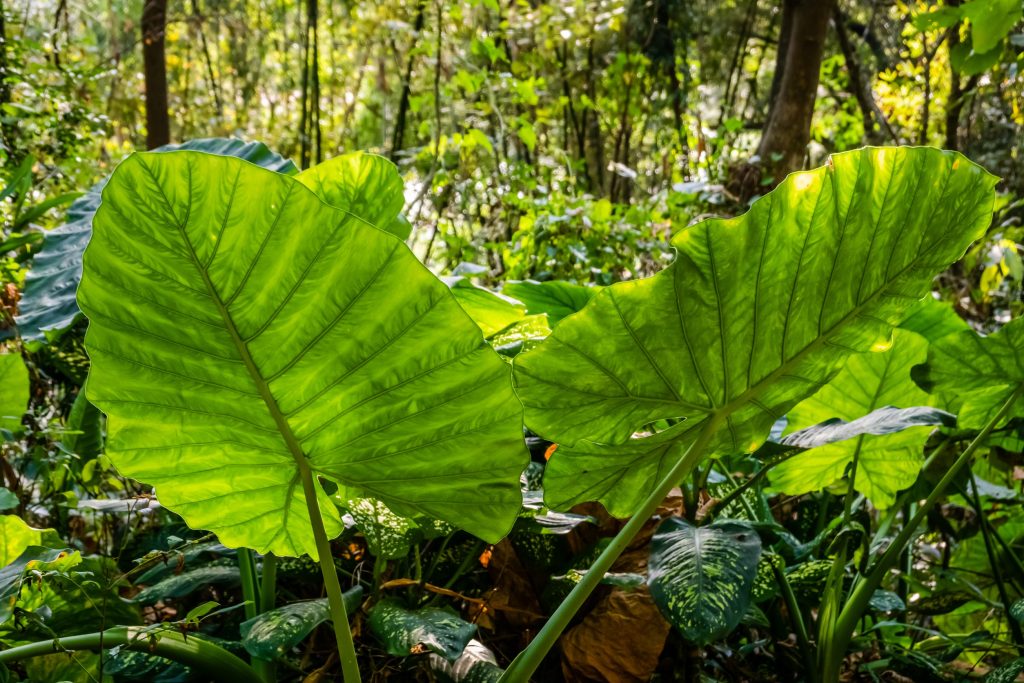
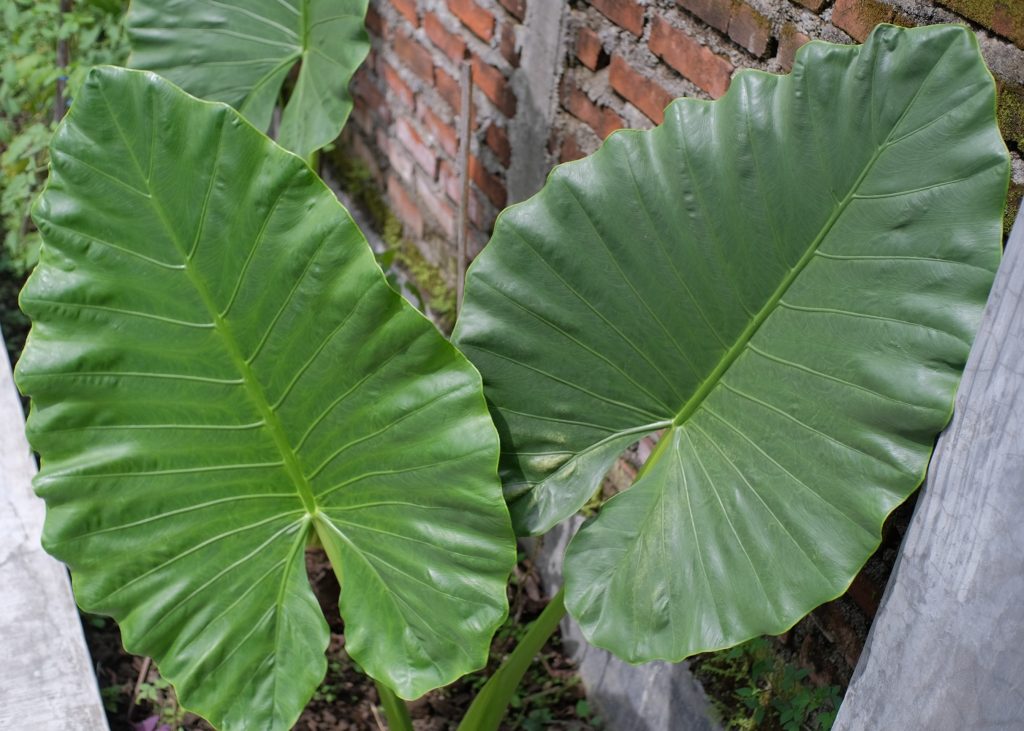
- Philodendron. Like Monstera, they have large, heart-shaped leaves and are easy to care for.
- Alocasia. Known for its large, arrow-shaped leaves, it adds a tropical touch to any garden.
- Elephant Ear (Colocasia). Features large, ear-shaped leaves and loves moist conditions.
Interestingly, some people confuse the above three plants because they look similar. Here are some articles that may help you differentiate them:
- Everything You Need to Know About Elephant Ear Philodendron
- Alocasia Vs Giant Philodendron: How to Tell Them Apart
- Colocasia Vs Alocasia: How To Tell Them Apart
Remember to check the specific care requirements and hardiness zones for each plant to ensure they’re suitable for your outdoor conditions. But when in doubt, you can try other Monstera plants outdoors instead.
References:
- Cooperative Extension Service Ornamentals and Flowers. (1997). https://www.ctahr.hawaii.edu/oc/freepubs/pdf/OF-5.pdf
- HS1071/HS311: Monstera Growing in the Florida Home Landscape. (n.d.). Edis.ifas.ufl.edu. Retrieved 29 August 2023 from https://edis.ifas.ufl.edu/publication/HS311
- Monstera deliciosa (Ceriman, Cutleaf Philodendron, Hurricane Plant, Mexican Breadfruit, Mother-in-Law, Split-leaf Philodendron, Swiss Cheese Plant) | North Carolina Extension Gardener Plant Toolbox. (n.d.). Plants.ces.ncsu.edu. Retrieved 29 August 2023 from https://plants.ces.ncsu.edu/plants/monstera-deliciosa/
- Monstera deliciosa “Thai Constellation” [Review of Monstera deliciosa “Thai Constellation”]. (n.d.). Garden.org. Retrieved 29 August 2023 from https://garden.org/plants/view/647695/Monstera-deliciosa-Thai-Constellation/
- Monstera deliciosa “Variegata” – Plant Finder. (n.d.). Www.missouribotanicalgarden.org. Retrieved 29 August 2023 from https://www.missouribotanicalgarden.org/PlantFinder/PlantFinderDetails.aspx?taxonid=443344&isprofile=0&cv=2
- Monstera lechleriana [Review of Monstera lechleriana]. (n.d.). Garden.org. Retrieved 29 August 2023 from https://garden.org/plants/view/300925/Monstera-lechleriana/
- Monstera pinnatipartita [Review of Monstera pinnatipartita]. (n.d.). Garden.org. Retrieved 29 August 2023 from https://garden.org/plants/view/300933/Monstera-pinnatipartita/
- Monstera Plant (Monstera deliciosa “Albovariegata Contorta”) [Review of Monstera Plant (Monstera deliciosa “Albovariegata Contorta”)]. (n.d.). Garden.org. Retrieved 29 August 2023 from https://garden.org/plants/view/142125/Monstera-Plant-Monstera-deliciosa-Albovariegata-Contorta/
- Monstera siltepecana [Review of Monstera siltepecana]. (n.d.). Garden.org. Retrieved 29 August 2023 from https://garden.org/plants/view/300936/Monstera-siltepecana/
- National Gardening Association. (n.d.). Five Holes Plant (Monstera standleyana) [Review of Five Holes Plant (Monstera standleyana)]. Garden.org. Retrieved 29 August 2023 from https://garden.org/plants/view/300938/Five-Holes-Plant-Monstera-standleyana/
- National Gardening Association. (n.d.). White Variegated Monstera (Monstera deliciosa “Albovariegata”) [Review of White Variegated Monstera (Monstera deliciosa “Albovariegata”)]. Garden.org. Retrieved 29 August 2023 from https://garden.org/plants/view/116137/White-Variegated-Monstera-Monstera-deliciosa-Albovariegata/
- National Gardening Association. (n.d.). Yellow Variegated Borsigiana (Monstera deliciosa “Borsigiana Aurea Variegata”) [Review of Yellow Variegated Borsigiana (Monstera deliciosa “Borsigiana Aurea Variegata”)]. Garden.org. Retrieved 29 August 2023 from https://garden.org/plants/view/643018/Yellow-Variegated-Borsigiana-Monstera-deliciosa-Borsigiana-Aurea-Variegata/
- National Gardening Association. (n.d.). Yellow Variegated Monstera (Monstera deliciosa “Marmorata”) [Review of Yellow Variegated Monstera (Monstera deliciosa “Marmorata”)]. Garden.org. Retrieved 29 August 2023 from https://garden.org/plants/view/142127/Yellow-Variegated-Monstera-Monstera-deliciosa-Marmorata/
- Propagating Monstera deliciosa. (n.d.). Extension.umn.edu. Retrieved 29 August 2023 from https://extension.umn.edu/houseplants/propagating-monstera-deliciosa
- Shannon, L. (2022, February 23). Monstera deliciosa | Home and Garden Education Center. Retrieved 29 August 2023 from https://homegarden.cahnr.uconn.edu/factsheets/monstera-deliciosa/
- Split-leaf philodendron, Monstera deliciosa. (n.d.). Wisconsin Horticulture. Retrieved 29 August 2023 from https://hort.extension.wisc.edu/articles/split-leaf-philodendron-monstera-deliciosa/


